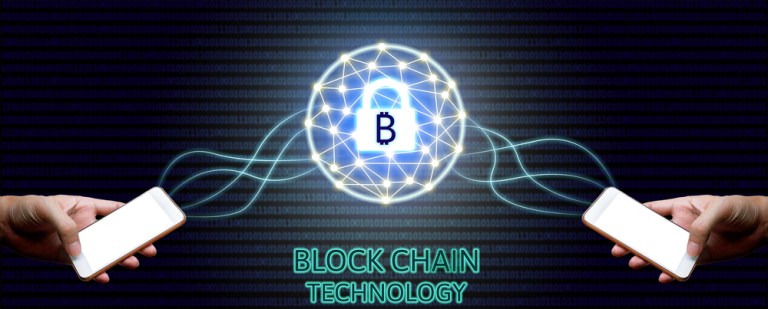
The encrypted open source technology that records, stores and transfers information on a public forum in a secure manner to ensure no tampering takes place is truly unique. It’s one of the few technologies that has the potential to transform the way exchanges are made in different forms in today’s digital revolution.
Primarily, blockchain technology is being used in the finance world among various monetary entities to securely transfer bitcoins or make monetary transactions. The blockchain itself is an online ledger that allows two parties to exchange an agreed-upon valued means without the use of a third party like a bank. As such, there are no formal regulations, which some say is why it has yet to move into more mainstream uses.
While there has began some talks of blockchain regulation overseas and even parliamentary votes, the European Securities and Markets Authority (ESMA) said as recently as February 2017 that it’s still too early for the ball to move forward on regulatory efforts for blockchain. As we reported last month, the Securities and Exchange Commission denied the bitcoin exchange–traded fund due to lack of regulations, which was a blow to blockchain technology use in the U.S.
At its core, blockchain technology could be adapted in a myriad of ways to become beneficial to various industries. From commercial use to the insurance industry to government use to impacting the sharing economy and possible advances in U.S. election voting, we’ve reported on the potential of how blockchain technology can be morphed into useful means of securely recording, storing and transferring sensitive information in a multitude of ways.
Given the fast-paced and demanding nature of today’s society, the use of blockchain technology to help further propel the digital revolution forward at an expedited rate is tremendously attractive. In fact, many well-known blockchain experts in the field are saying that the technology is helping to power the second wave of the internet via the advent rise of the Internet of Things.
Consider what the Internet of Things is at its core:
The Internet of Things (IoT), sometimes referred to as the Internet of Everything (IoE), is the network of physical objects embedded with electronics, software, sensors and connectivity to enable objects to exchange data with manufacturers, operators and other connected devices. These would include household appliance electronics, smart watches, medical injectables, utility pole monitors, solar energy sensors, mobile phones and other GPS devices.
While all of this information is being exchanged between consumers and businesses, the underlying fear for most people is that their information will be used for organizations to profit off of via targeted advertising or somehow used to commit an act of fraud.
With the way in which blockchain technology is structured, it may be the best solution to help instill greater consumer trust with companies collecting personal data to further enhance products and experiences. Due to the fact that there isn’t one end-all-be-all entity that has control over the involved information and that it’s all visible to the public at any given time, this allows for greater control of how it’s being used.
Currently, data from the IoT is collected by individual companies and then either used to enhance offerings or sold for profit via targeted advertising. With the amount of connected things predicted to reach nearly 21 billion by the year 2020 by Gartner’s research, the data derived from these items will only continue to increase at an astounding rate.
At this time, blockchain technology is still in its nascent stages of use in the finance industry and is slowly spilling over into others in concept form. In order for blockchain to fully reach its potential and continue down its path as the ultimate facilitator in the new digital revolution, there will likely need to be more serious talks about how it can be regulated. With governments and organizations generally and historically wanting to have some form of control without ceding it entirely to an unknown source, it could well be another decade before the blockchain makes its mark on becoming the sole IoT management system.